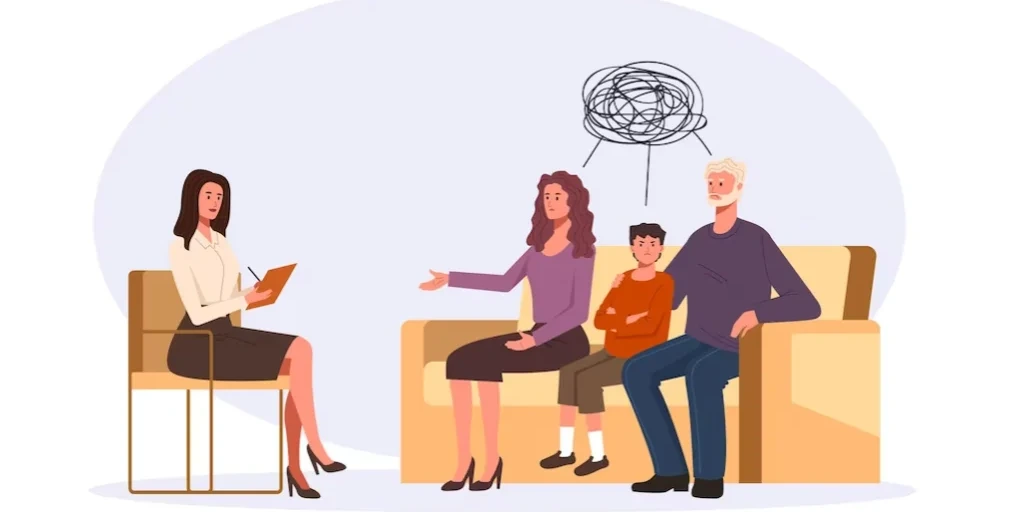24/7 Helpline:
(866) 899-221924/7 Helpline:
(866) 899-2219
Other Insurance Options

Highmark

Excellus

Self-pay options

Magellan

Humana

Group Health Incorporated

CareFirst

PHCS Network

CareSource

State Farm

WellCare Health Plans

Providence

Optum

Optima

Medical Mutual of Ohio

Private insurance

Horizon Healthcare Service

Covered California

Health Choice

Health Partners









